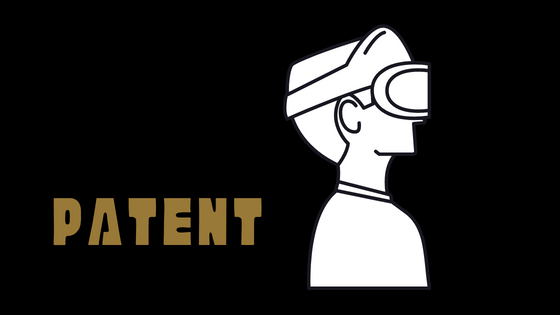You can patent an invention idea if it is novel, useful and non-obvious. If you have a new product or process that meets these requirements, it may be possible to obtain a patent. New invention ideas are often protected by patents, which give the owner of the patent exclusive rights to produce, sell and use the invention. If someone else wants to use your patented idea, they must get permission from you or your company.
In order to obtain a patent in the United States, an invention must be new, useful and not obvious to someone knowledgeable in the field of technology. The US Patent and Trademark Office (USPTO) also requires that an invention must be described in sufficient detail so that any person skilled in the art could make and use it without undue experimentation.
You can file for a patent on your invention idea at any time after conception of the idea but before another person files for a similar patent in your country or begins using your idea commercially in any country. The filing date is often referred to as your priority date and will determine who gets rights to an invention first if two people have similar ideas at the same time.

The USPTO requires that patent applications include drawings of the invention, as well as descriptions of how to make and use the invention. The application must also include your name and address and a description of any previous patents or publications on which your invention is based. You may also need to provide information about specific claims you are making in your patent application.
Once you have submitted all the required materials with your application, it can take up to 18 months for the USPTO to review it. The agency will then issue a patent if it believes the invention is new and useful. If you have questions about how to file a provisional patent or whether this type of application is right for you, talk to an attorney or a patenting agency, like Invent Help, who specializes in patents.
Filing a provisional patent application can be a great way to protect your idea if you are not ready to file a full application. A provisional patent gives you 12 months from the date of filing to decide whether or not you will pursue further action with the USPTO. Once this period expires, your application will expire as well.
Conclusion
A provisional patent application is a good way to protect your idea while you decide if it’s worth pursuing. If you want to file for a full utility patent, you must submit an application within one year of filing your provisional patent.